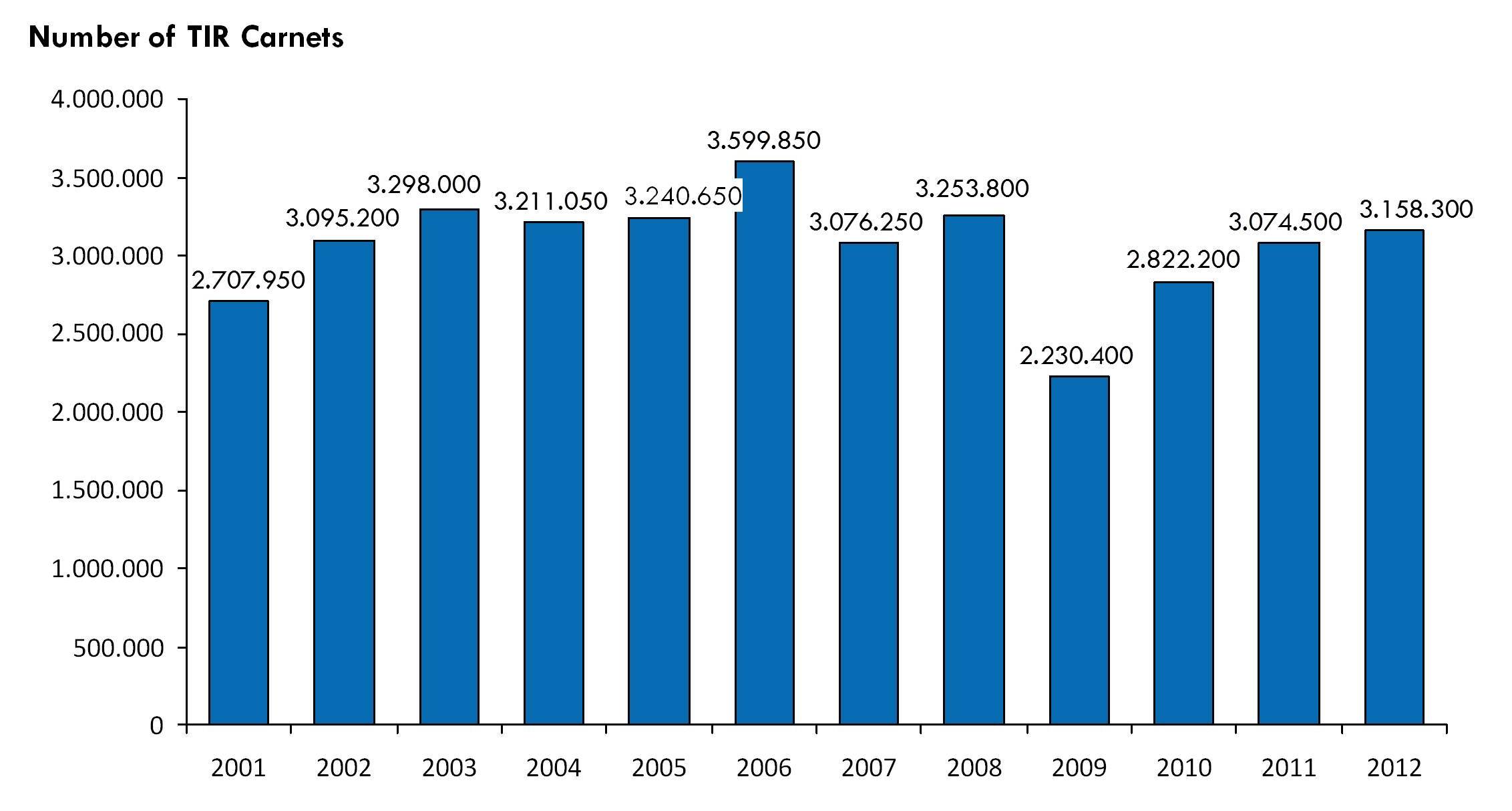Customs Transit
Definition/Scope
Customs transit is defined by Specific Annex E of the Revised Kyoto Convention (RKC) as the Customs procedure under which goods are transported under Customs control (and without imposing Customs duties) from one Customs office to another. This definition includes national transit operations, i.e. transports between departure and destination offices within the same country or territory, as well as international Customs transit, i.e. transports across one or more frontiers in accordance with a bilateral or multilateral agreement.
Problem statement
Similar to joint border controls, the external relationship between two or more neighbouring countries has an immediate effect on the ability to establish a properly functioning international transit regime. In particular, land-locked countries are affected by the possible lack of a freedom of transit. In its absence, long border queues will occur and unnecessary border formalities have to be accomplished. In some cases, traders have to provide security in cash at each point of entry without guarantee of the security being discharged and returned upon exit.
For domestic transports, the absence of a national or domestic transit procedure (or in-bond movement) requires that clearance has to take place at the point of entry rather than at the point of destination in the country. This potentially increases the waiting and release time at the border.
Implementation guidance
While national Customs transit can be arranged by the provisions of respective national Customs law, international transit operations require the negotiation of a bilateral or multilateral agreement. Such an agreement generally sets out the form of the goods declaration for transit, the forms of security required acceptable for each administration, as well as sealing requirements and procedures to secure the integrity of the consignment during transit, including technical specifications for transport equipment to qualify for transport under Customs transit. Key to the success of a transit agreement is the guarantee system, i.e. whether it can satisfy a) the requirements of Customs to cover potential duty liabilities, and b) the requirements of the transport and business sector for acceptable terms and conditions.
In cases of increased risk of smuggling, in particular for goods which are subject to high duties or excise taxes such as tobacco products, Customs should refrain from imposing Customs escort arrangements, which are very costly, slow down the transport process and provide an opportunity for corrupt practices. Instead, Customs should either look into the use of modern track and trace systems attached to the transport units which enable proper control of the transport, or specify specific guarantee requirements for the transport of high duty goods.
In addition, neighbouring countries should coordinate the physical infrastucture at common border crossings, in particuar with regard to separate lanes for transit movements as stipulated by Art. 6 of Annex 8 to the International Convention on the Harmonization of Frontier Control of Goods.
Very successful examples of such multilateral agreements are the Common Transit Convention between the European Union and the EFTA countries, as well as the T.I.R. Convention. The T.I.R. Convention has currently 68 contracting parties (2011) and provides for a common security arrangement, either through a common bank guarantee or insurance system, for the transport of the goods through their territories.

Additional information (references, examples, etc.)
Although not an agreement on transit, Specific Annex E of the Revised Kyoto Convention (RKC) contains important provisions establishing the key principles governing a transit regime, e.g. Standard 3 on not imposing Customs duties against the provision of security. The ICC Customs Guideline # 24 and 25 provide relevant business perspectives on the use of transit conventions.
